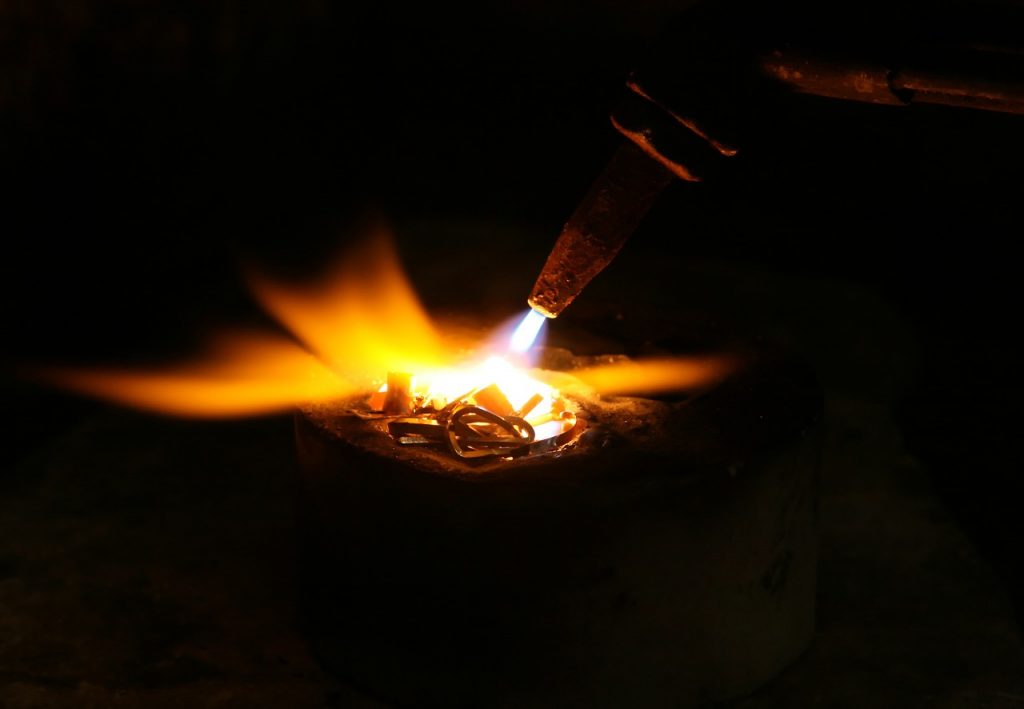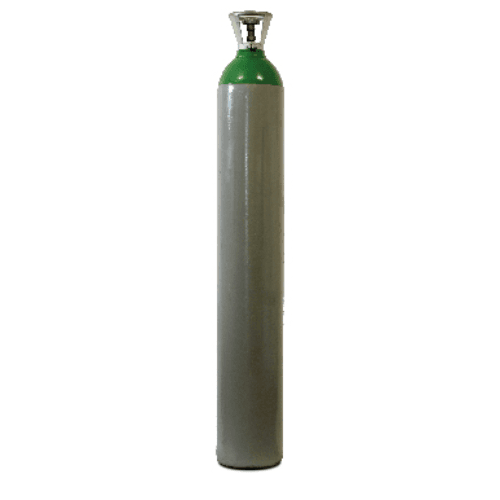Top Tips for MIG Welding Beginners
MIG stands for Metal Inert Gas welding and is a popular welding process for both professionals and hobbyists. It’s relatively easy for most people to learn and provides a fast, versatile and robust hold. Because it’s so easy to learn, it’s great for beginners looking to get into welding.
With so many people taking up a new hobby and undertaking some DIY tasks around the home, there has never been a better time to take up MIG welding. Here are some top tips if you’re a beginner:
Clean Surface
It’s essential that before you start, you make sure the surfaces of your base metals are clean of anything like oil, grease or contaminants. MIG welding does not cope well with rusted, painted or dirty surfaces, so make sure you use some kind of non-woven abrasive to clean the metal before you begin welding.
Use the Correct Stick out Length
Stick out refers to the length of the wire between your welding gun and the base metal. The further the wire from the base metal, the longer the stick out. A longer stick out reduces the heat output and even coverage of the shielding gas. As a general rule, the distance should be between 1/4 and 3/8 of an inch. However, in some cases, like working with thin metals, it may be better to have a longer stick out, as a shorter stick out may lead to the metal being burnt through.
Use Two Hands
Wherever possible, use two hands for greater control over the gun. Rest the crook of the gun neck in one and use the other to hold the part with the trigger. It’s best to have your prop hand close to the weld, so invest in a heat-resistant, heavy welding glove if needed.
Push or Pull
There are two different approaches when it comes to welding technique. You can push the gun toward the direction of the weld, the forehand method, or you can drag the run across the weld surface, the backhand method. The forehand method provides shallow penetration with a wide, flat, smooth surface. The backhand method will give you a deeper penetration. So for thin sheets of metal, the forehand method is more suitable, and backhand is better for thick sheets of metal.

The Correct Angle
The angle of the torch gun should be 15 to 20 degrees away from the direction of travel. This allows for greater visibility of the area and allows for easier access for the filler material. When welding two similarly thick metals, the angle should be at the centre, but if joining two metals of varying thickness, the angle should be closer to the thicker metal.
The Right Speed
You need to strike a balance between not welding too slowly or too quickly; this can often be an area where beginners have trouble. When you move too slowly, you will hear almost no definition to the crackle, like a steady noise rather than the rhythmic pulse you want to hear. The bead will be too fat and have a dull appearance, and there may be some craters. But if you travel too fast there will also not be much crackling, and the bead will have a thin, ropey appearance to it as it does not have adequate heat to cause proper fusion.
Welding Helmet
To protect your eyes and face, invest in a good quality welding helmet. The best kind of helmet to use is a darkening helmet, which allows you to observe where you are pointing your torch gun without having to remove the helmet.
Avoid Fumes
Safety is paramount when it comes to welding, and the fumes can pose serious health risks. Aside from just making you dizzy and nauseous, you could also suffer from neurological side effects as a result of prolonged exposure. Make sure you’re working in a well-ventilated environment with adequate airflow – but not so much that it pulls or pushes away your shielding gas. A high-vacuum, low-volume ventilation system is the best solution.
Practice Makes Perfect
If you’re a complete beginner, consider practising on some scrap metal until you get the hang of the controls and technique. Start by practising some beads on strips of metal before you even try to join two pieces together. This will allow you to become more comfortable with the welding technique and the use of the machine.
The Right Gas
Before you can get started on all those welding projects, you need to make sure you have the right kind of gas for the job. MIG welding is done with a gas shield; carbon dioxide, and argon and CO2 mixes are the most common. These bottles have a regulator or flowmeter to set the gas flow. The gas prevents exposure of the molten weld pool to oxygen, nitrogen and hydrogen in the air atmosphere, which would create problems for welders.

For a wide variety of MIG welding gas, Bottle Gases has everything you need. From just 2L bottles of gas to 50L and everything in between, we will have the right sized bottle of welding gas for you. Contact us today for more information.




